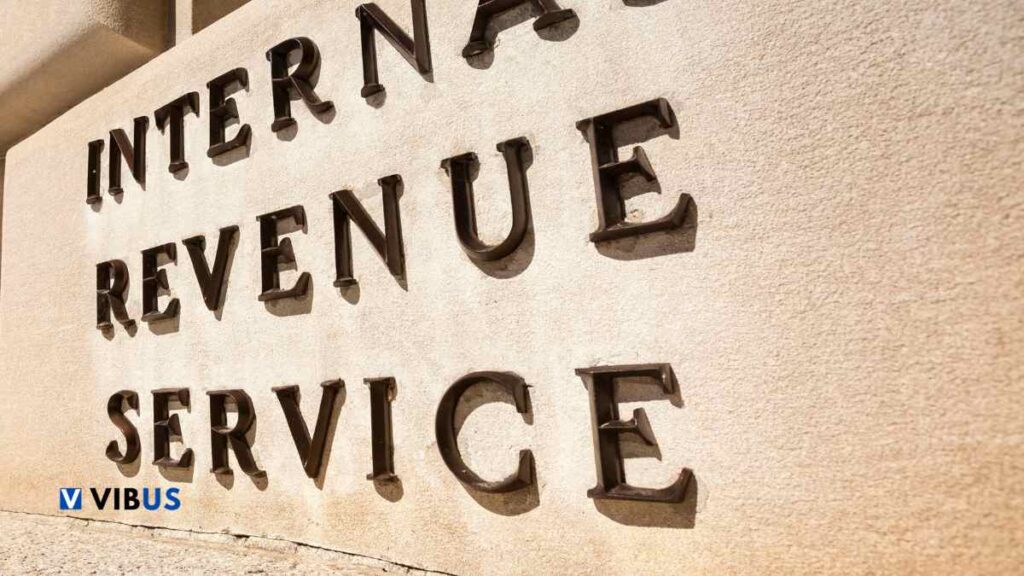Occasionally, the IRS makes mistakes and issues refund checks to taxpayers by error. When the IRS identifies these mistakes, it usually attempts to recover the funds informally first. However, if these attempts are unsuccessful, the government may file a lawsuit in federal court to reclaim the erroneous refund.
The government does not have unlimited time to file these lawsuits. Section 6532(b) of the Internal Revenue Code stipulates that “recovery of an erroneous refund by suit… shall be allowed only if such suit is begun within 2 years from the making of such refund,” unless the refund was caused by fraud or misrepresentation. In these latter cases, the statute of limitations extends to five years.
Legal Deadlines for IRS Erroneous Refund Lawsuits
A recent case in the Ninth Circuit addressed a new issue related to the 2-year statute of limitations under section 6532(b). In U.S. v. Page, No. 21-17083 (9th Cir. June 26, 2024), the IRS sent Jeffrey Page a $500,000 refund check on May 5, 2017, due to a clerical error. In reality, Page should have received a refund of approximately $4,000.
Page did not immediately deposit the check; instead, he waited a year and cashed it on April 5, 2018. The IRS eventually discovered the error and requested the return of the funds. Page returned about half of the refund and kept the remainder.
Judicial Procedure and Court Decision
On March 31, 2020, the government filed a lawsuit against Page to recover the remaining balance. Page did not respond to the complaint, and the government moved for a default judgment.
In determining whether the default judgment was appropriate, the district court questioned whether the IRS had complied with the 2-year statute of limitations under section 6532(b). The IRS argued that the 2-year period should run from the “check-clearance date.” The district court disagreed and dismissed the lawsuit as untimely.
On appeal, the Ninth Circuit reversed the district court’s decision. The appeals court noted that the Supreme Court had previously determined in two separate decisions that the payment triggers the statute of limitations.
Although the Supreme Court did not specify whether the payment meant the receipt of the check or the transfer of funds, the Ninth Circuit reasoned that requiring the statute of limitations to run from the check-clearance date provided a clearer rule.
Differences Among Judicial Circuits
The Ninth Circuit also noted that a different interpretation would create a disparity among judicial circuits. In U.S. v. Commonwealth Energy Sys. and Greene-Thapedi, the First and Seventh Circuits, respectively, concluded that the section 6532(b) statute of limitations ran from the date the check cleared the Federal Reserve Bank.
Implications for Taxpayers
The decision in the Page case underscores the importance of the “check-clearance date” under section 6532(b) for erroneous refunds. Although the refund in question in Page appeared to be a clear clerical error, the government can file erroneous refund lawsuits in other contexts, including simple disagreements with the taxpayer about whether a refund is actually owed.
In these situations, taxpayers should recognize that the clock starts ticking only after the funds clear and are deposited into the taxpayer’s bank account, not from the check date or the date the taxpayer receives the check.
To avoid issues with erroneous refunds, it is crucial for taxpayers to maintain accurate records and be alert to any communication from the IRS. If an unexpected or incorrect refund is received, it is advisable to contact the IRS immediately to clarify the situation and avoid future legal complications.
Additionally, understanding the legal deadlines and applicable rules can help taxpayers better manage any disputes with the IRS. Clarity about when the statute of limitations begins can be crucial in defending a case or negotiating a settlement.
Proper handling of erroneous refunds by the IRS and knowledge of the legal deadlines set forth in section 6532(b) are essential for both the government and taxpayers.
The recent decision in the Page case provides clear guidance on how the statute of limitations should be calculated, establishing that it begins from the check-clearance date.
This interpretation offers greater clarity and consistency in the application of the law, benefiting both parties in potential future disputes. Staying informed and acting promptly in case of any errors can save time and resources, ensuring a smoother and fairer process for all involved.
